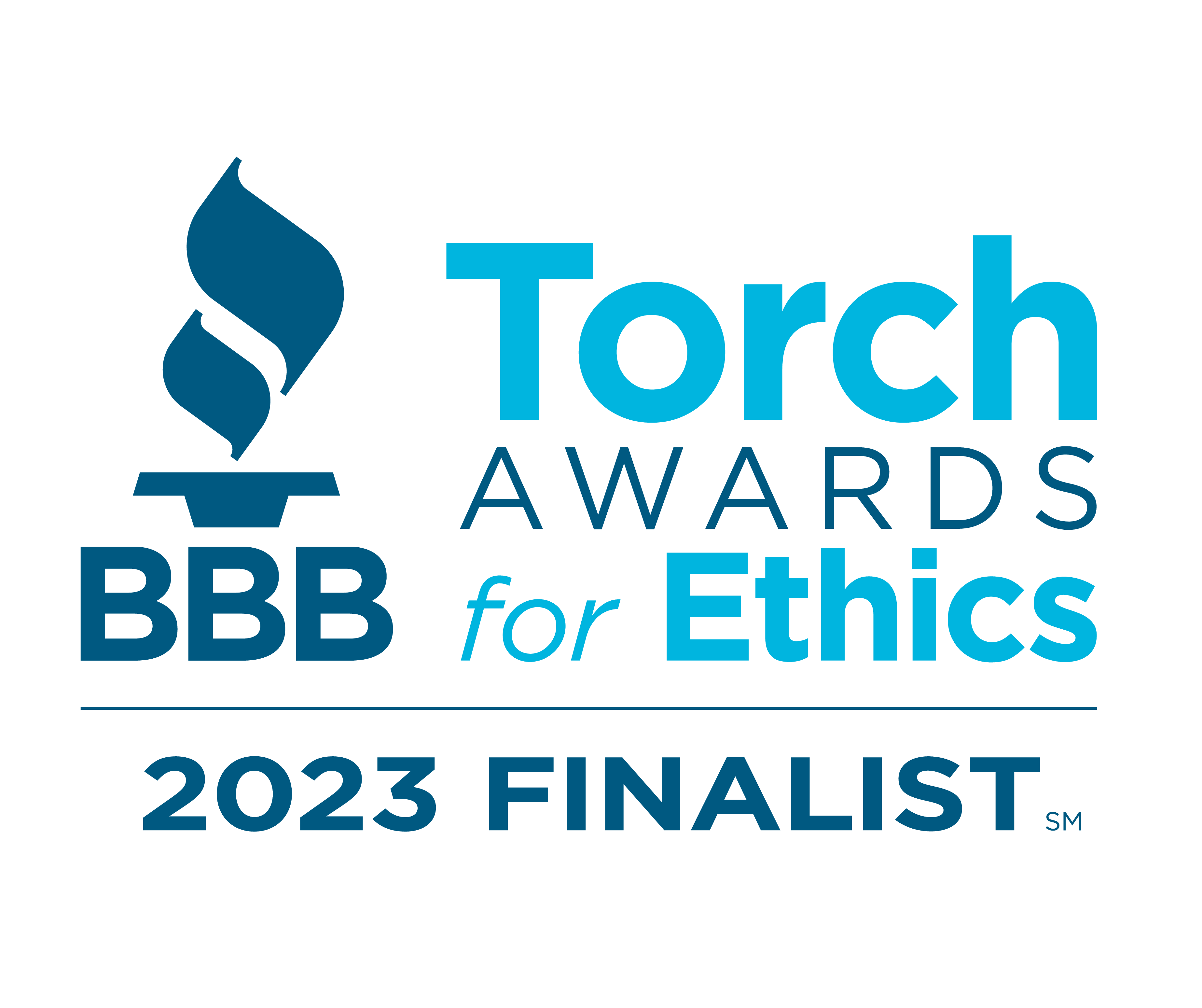Your IRS tax transcript holds a wealth of information about the status of your tax return for this tax year and for three years prior. While you can check the status of your refund online using the IRS Where’s My Refund Tool, your tax transcript provides in-depth information regarding the status of tax debt due, your tax account information, wages reported, refunds you shou be receiving and more. It’s easy to obtain your tax transcript online or by mail.
We recently talked about what it means when you see IRS Code 570 on your tax transcript. This is one of the more confusing IRS codes, since it can have several meanings. You might worry that it means an IRS audit or that you will owe the IRS a big tax bill. In most cases, that’s not true.
Still, it’s crucial to pay attention to this important notice and Code 971 which should follow it. If you see Code 570 and Code 971 on your tax transcript, it means the IRS has flagged your tax return for review and sent you a letter in the mail clarifying the reason your refund may be delayed. At that point, you may need to provide the IRS with more information about your filing status, proof that you qualify for specific tax credits, or simply personal information to verify that you were not a victim of tax-related identity theft.
Why Your Tax Transcript Has Code 570 For This Year’s Return
Let’s dive into some of the reasons you might see Code 570 on your tax return and what to do.
Identity Verification
This is the simplest explanation for a Code 570 that is delaying your tax return processing. The IRS may flag your return if they have reason to believe you’ve been victim of identity theft. They may also flag random taxpayers for review.
If you receive a letter requesting identity verification after seeing Code 570 on your transcript, provide the IRS with the supporting documentation and photo ID required.
Discrepancy Between Wages Reported on W-2 and Your Tax Returns
When you’re filing your tax returns, you’ll want to enter all your W-2 wages on line 1 of form 1040 or 1040-EZ. If you have multiple W-2 forms, or if you’re filing married, jointly, you should add up all the information in Box 1 of every W-2 form received. This money includes employee wages, tips, prizes, bonuses and other taxable compensation from an employer or employers.
If the figures in Box 1 of all your W-2s submitted to the IRS do not match line 1 of your 1040 form, the IRS may hold your tax return for further review.
Incorrect 1099 Info
Similarly, 1099 contractors may have a discrepancy between the income reported and the amounts shown on 1099 forms. Mistakes can happen. Independent contractors may not receive a copy of a 1099 form from a client, even though the client submitted the form to the IRS. Forms showing income or interest earned may be lost in the mail or digital copies delivered to your junk inbox accidentally. If you are a sole proprietor who works with a lot of clients, it’s easy to misplace or forget about a single 1099 form when you’re preparing your tax returns.
As with an employee with a discrepancy in wages reported to the IRS vs. what’s on their tax forms, you’ll want to find the error and address it when you receive form CP2000 in the mail. Incorrect 1099 information may change the amount of self-employment tax you owe.
If you have a large tax liability as an independent contractor or small business, Alleviate Tax can help by reviewing your tax situation. We may find additional tax deductions that can help reduce the amount of tax you owe and help you file amended returns to claim a tax refund.
Tax Credit Review
In recent years, tax credits have become more confusing for everyone but the most experienced tax professionals. Families and individuals don’t always know what they are allowed to claim based on the age of dependents and their total household income. Several tax credits can lead to a Code 570 on your tax transcript. That doesn’t mean you shouldn’t claim money that the government owes you. But it does mean you should understand the income thresholds and tax laws that qualify individuals and families for specific tax credits or work with a knowledgeable tax preparer to avoid errors in claiming tax credits on your tax returns.
Earned Income Tax Credit
The Earned Income Tax Credit (EITC) was available to taxpayers this year who earned less than $63,398 in 2023, with investment income under $11,000, according to IRS.gov. These thresholds are adjusted annually for inflation. Claiming the EITC may result in a delay in processing your income tax return, triggering Code 570 on your tax transcript.
However, it doesn’t always lead to an audit. You may need to provide additional information showing that you qualify for the credit. According to Taxpayer Advocate Service, many returns get flagged because the taxpayer did not show income for the year, showed income that exceeded the threshold to qualify, or don’t meet the residency requirements.
If your refund is delayed due to discrepancies in EITC qualifications, you may receive a Notice CP75 or CP75A in the mail, indicating a correspondence audit. It’s important to reply promptly with the requested information. You can speak with a qualified tax professional if you don’t understand the notice or what information you need to provide.
Child Tax Credit
Child Tax Credit requirements and thresholds have changed in recent years as a result of pandemic-related tax legislation. In 2021, the amount of the CTC increased from $2,000 to $3,600 for qualifying children under age 6 and $3,000 for children under the age of 18. In 2024, the CTC will revert to pre-pandemic levels, allowing $2,000 for each child under the age of 17.
These changes have led to errors on tax returns, which can create delays in processing your refund. If an error in your Child Tax Credit claim has triggered a letter from the IRS, you may need to provide supporting documentation such as birth certificates for the children you are claiming or proof that you can claim them as a dependent on your tax returns.
Resolution: When You See IRS Code 571 or IRS Code 572 On Your Tax Transcript
In most cases Code 570 can be resolved with a letter to the IRS and supporting documentation. Sometimes, Code 570 just means the IRS is taking extra time to view your tax return and you don’t have to take any action.
When your tax transcript reads “Code 571” or “Code 572,” you’ll know the issue has been resolved. Codes 571 and 572 indicate that your refund is being processed and you should receive your refund soon.
FAQs
Why do I have code 570 on my transcript?
Code 570 on your tax transcript indicates that your tax refund processing has been delayed. This can be for any number of reasons, from a discrepancy in reported income to identity verification. Claiming certain tax credits, such as the EITC, may also delay your refund.
Does IRS Code 570 indicate an audit?
IRS Code 570 does not necessarily indicate an audit. In some cases, the IRS may request additional correspondence to prove income or dependents.
Is IRS Code 570 bad?
IRS Code 570 on your tax transcript is not bad. It merely indicates that your tax refund is experiencing processing delays for any number of reasons. It does not indicate an audit or additional tax debt. Keep an eye on your mailbox for a Notice from the IRS explaining the reason for Code 570 and the action you should take.
What comes after code 570?
If your tax transcript shows code 570 immediately followed by code 971, it means the IRS sent a notice explaining why your tax return processing has been delayed. Keep an eye on your mailbox for this important letter, as it will include the action you should take to verify, clarify, or correct the information on your tax return.
What does code 571 mean on a tax transcript?
Code 571 will appear on your tax transcript after whatever issue that generated a code 570 has been resolved, the freeze has been removed from your tax refund, and the refund is being processed. You should expect to see the refund in three to six weeks.









